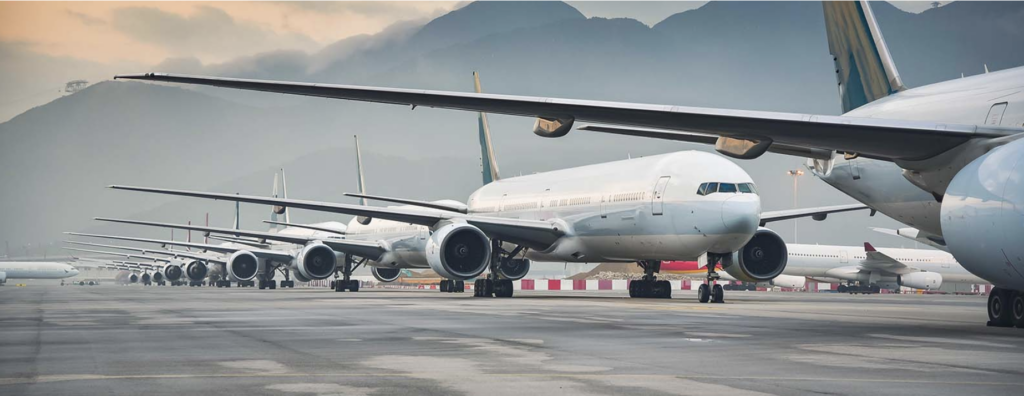
Spire will supply its satellite and terrestrial ADS-B positions to provide flight, aircraft, and airline metadata to RDC. (Photo: Spire)
RDC Aviation, a tech and data services provider for the air transport industry, is a new customer for Spire Global’s aviation data. In a deal announced Tuesday, Spire will supply its satellite and terrestrial ADS-B positions to provide flight, aircraft, and airline metadata to RDC for its airport data product.
RDC’s AirportCharges product covers 3,000 airports and analyzes airport user charges and en-route navigation costs including landing fees, passenger charges, and taxes. Spire’s data will also be used in RDC’s market intelligence product, Apex, to provide actual departure data and route profitability calculations.
“Having been aware of [Spire’s] data and capabilities for some time, we knew there was the potential to enhance our applications, core data, and back-office processes. However, once we started working with the team at Spire, we quickly discovered a number of unique and exciting customer-facing use cases that will allow us to provide powerful insights for our airport and airline clients,” commented RDC CEO Peter Hind.
Spire satellites use ADS-B signals to capture global aircraft movements from space, providing coverage during most flights where there is no ground-based tracking available, such as over oceans, deserts, or mountains.
Philip Plantholt, general manager of Aviation at Spire, remarked, “The ongoing digital transformation and data-centric approach of the aviation ecosystem has created a large market of aviation-related technology companies benefiting from integrating Spire’s global flight analytics and insights. Our partnership with RDC Aviation is a testament to the transformative potential of real-time and actionable data, and we look forward to driving innovation in the aviation industry together.”
Spire recently signed a similar deal with airline industry platform ch-aviation, for access to Spire’s daily Flight Report.
This article was originally published by Via Satellite, a sister publication to Avionics International. It has been edited. Click here to read the original version >>